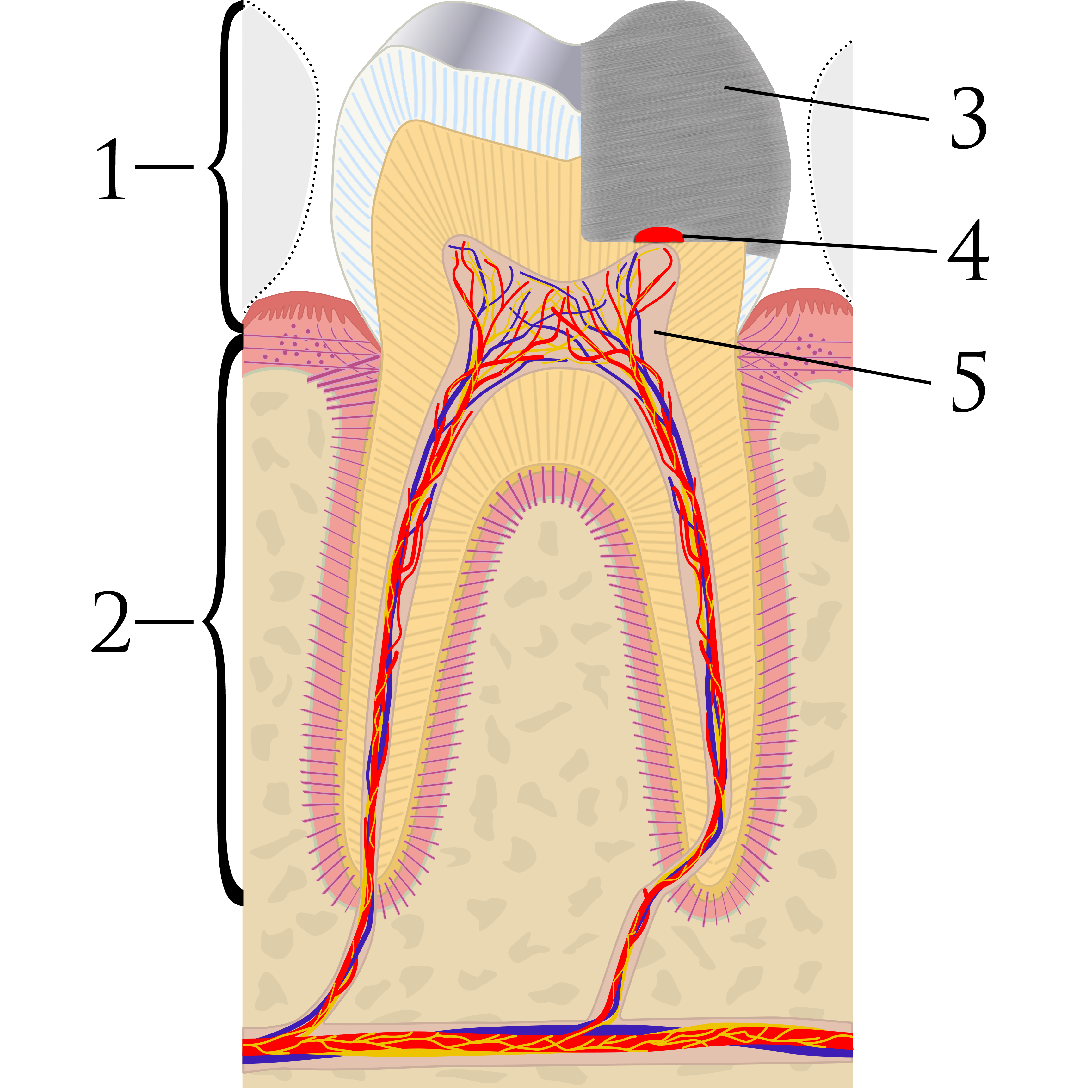
Untreated dental decay in permanent teeth is the commonest disease worldwide Root canal treatment is the usual strategy for the management of irreversible pulpitis. However recent improvements in biomaterials and pulp biology have improved the success of pulpotomy in inflamed pulps in permanent teeth.
The aim of this review was to evaluate the efficacy and cost-effectiveness of pulpotomy and associated medicaments in saving permanent teeth with pulp exposure resulting from extensive caries.
Methods
Searches were conducted in the Embase, Medline, Web of Science, Trip Pro, Cochrane Library, International Clinical Trials Registry Platform ClinicaTrials.go and Open Grey databases. Randomised or quasi-randomised controlled trials comparing pulpotomy with other treatments or no treatment or comparing two or more medicaments in pulpotomy were considered. Two reviewers independently selected studies, abstracted data and assessed risk of bias using the Cochrane tool. Disagreements were resolved with a third reviewer. The primary outcome was overall clinical or radiographic success at 12 months. Meta-analysis were possible was focused on 12 months outcomes.
Results
- 17 studies reported in 21 papers were included.
- All studies were performed on mature permanent teeth with carious pulp exposures.
- All trials had a high risk of bias in at least one domain.
- Data from one trial showed that pulpotomy using calcium hydroxide had higher radiographic success rate at 60 months compared with direct pulp capping odds ratio (OR) = 3.58 (95%CI;1.05 to 12.19), P = 0.04.
- 5 trials compared MTA and calcium hydroxide pooled data showed higher success rates for MTA at 12 and 24 months ( Moderate to low certainty evidence).
| Clinical success
Odds ratio(95%CI) |
Radiographic/overall success
Odds ratio(95%CI) |
|
| 12 months: | 2.23 (1.16 to 4.29) | 2.19 (1.16 to 4.14) |
| 24 months: | No difference | 2.20 (1.15 to 4.20) |
- 2 trials compared MTA and CEM cement: one in immature permanent teeth and one in mature permanent teeth data showed a higher radiographic success rate at 24 months for MTA, OR = 1.88 (95%CI; 1.19 to 2.97). No difference was detected in the other outcomes
- Most evidence on comparisons among different pulpotomy medicaments was found in trials comparing mineral trioxide aggregate (MTA) and calcium hydroxide, with the results of meta-analyses favouring MTA.
- Data were insufficient to determine the cost-effectiveness.
Conclusions
The authors concluded: –
Data derived from currently available studies indicate that pulpotomy is a prospective substitute for root canal treatment in managing permanent teeth with carious pulp exposures, even in permanent teeth with irreversible pulpitis. Large, well-designed, long-term trials are required to provide more convincing evidence. While current evidence suggests MTA as the most promising medicament for pulpotomy of permanent teeth, several ongoing trials aim to determine the clinical efficacy of some novel tricalcium silicate cements that may overcome the drawbacks of MTA.
Comments
We have considered a previous review on this topic (Dental Elf – 22nd Jan 2016) which only included 1 randomised study. This new review has undertaken a good search strategy and includes 17 studies albeit that 4 of those are still ongoing. None of the studies were at low risk of bias for all domains the key issues being related to the blinding of clinicians. So while the available data suggest that pulpotomy may be a potential treatment option for permanent teeth the bulk of the available data relates to MTA and calcium hydroxide and the number of available studies are small in number and size. AS the authors note one of the ongoing studies is a large multi-centre trial but additional large well-designed longer term studies are needed to provide better evidence.
Links
Primary Paper
Li Y, Sui B, Dahl C, Bergeron B, Shipman P, Niu L, Chen J, Tay FR. Pulpotomy for carious pulp exposures in permanent teeth: A systematic review and meta-analysis. J Dent. 2019 May;84:1-8. doi:10.1016/j.jdent.2019.03.010. Epub 2019 Apr 11. Review. PubMed PMID: 30981748.
Other references
Dental Elf – 5th Sep 2018
Dental Elf – 22nd Jan 2016
Dental Elf – 2nd Mar 2012
Photo credits
Ian Furst, Goran tek-en CC BY-SA 3.0
